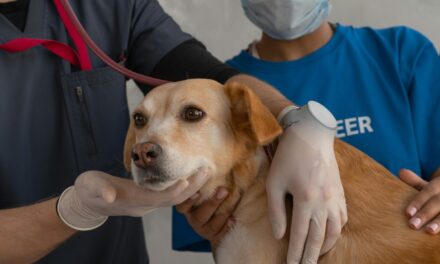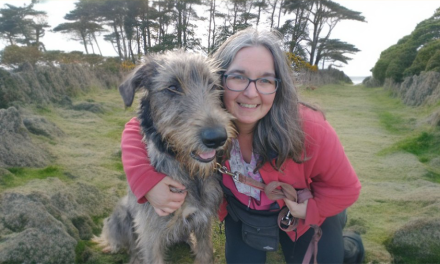The spay and neuter market has shown steady growth in recent years, with its value increasing from $2.24 billion in 2023 to $2.36 billion in 2024, reflecting a compound annual growth rate (CAGR) of 5.5%, according to a new report.
This growth has been driven by several factors, including the rise in pet populations, increased public awareness, and regulatory efforts aimed at addressing overpopulation and improving animal welfare.
Projected Market Expansion
Looking ahead, the spay and neuter market is expected to maintain its upward trajectory, with projections indicating that it will reach $2.83 billion by 2028, growing at a CAGR of 4.7%. The forecasted growth is anticipated to be supported by global health concerns, the expansion of mobile veterinary clinics, educational initiatives, and increased government support. Collaborative efforts with nonprofits and other organisations are also expected to play a significant role in this expansion.
The growing trend of pet adoption is another major factor contributing to the market’s growth. As more people choose to adopt animals from rescue groups rather than purchase them from pet shops or breeders, the demand for spaying and neutering services has risen. These procedures are crucial for protecting animals from various diseases, medical conditions, and unwanted births. For instance, in 2021, nearly 977,202 pets were adopted in the United States, marking the highest adoption rate in six years at 61%, according to Chewy, Inc.
Key Players and Strategic Partnerships
Several key players are leading the charge in the spay and neuter market, including CVS Group PLC, VetPartners Group Limited, Ethos Veterinary Health LLC, PetIQ, Covetrus Inc., Zoetis Inc., and VCA Animal Hospitals Incorporated. These companies are not only providing essential services but are also engaging in strategic partnerships and collaborations to enhance their offerings.
Such collaborations often involve partnerships between veterinary clinics, animal welfare groups, and government agencies to provide low-cost or free spay and neuter services. These initiatives are designed to make these critical procedures more accessible to pet owners, particularly in underserved areas, thereby contributing to the overall growth of the market.
As the spay and neuter market continues to grow, it will likely see further innovations and expansions in services, driven by the increasing emphasis on animal welfare and the ongoing efforts to manage pet overpopulation effectively.








